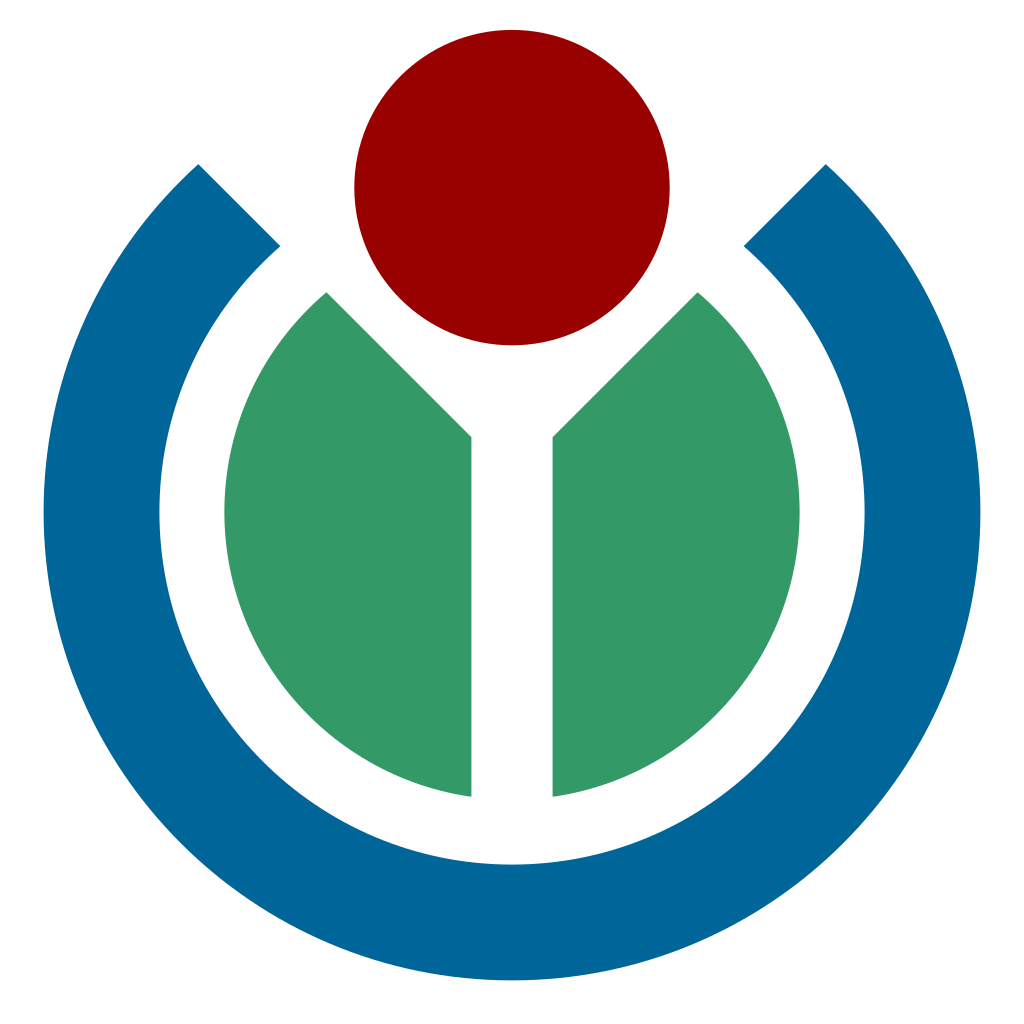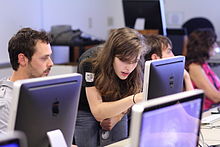Getting newcomers started effectively on Wikipedia is one of Wikimedia Foundation’s biggest challenges, and has been — in one way or another — the central focus of the Wikipedia Education Program. When we launched the Wikipedia Ambassador Program in 2010, it was all about in-person training: bringing together experienced Wikipedians and newcomers, and teaching the newcomers enough to find their own way on Wikipedia — and even teach others. To make the program scale, though, we knew we’d need more self-service training, something a professor or would-be Wikipedia Ambassador could do on their own time and at their own pace.
For English Wikipedia, we put together the first versions of the online trainings for professors and Wikipedia Ambassadors in mid-2012. Soon, we realized that a lot of what we’d developed for professors and Campus Ambassadors could also work well for students. So we took out the assignment design module, tweaked a little of the language, and voilà, the training for students was born!
A formal orientation program for students would be new territory, so we were anxious to see if students would find it useful — or have the patience for an hour-long training course. The training works well as a first assignment for a class in the Education Program, so we created a form at the end for students to show they completed it. The form also asks for feedback: what they liked and didn’t like, what was missing, and what was unnecessary.
Based on this early feedback along with a few live user tests, we could see that it might be usable, but there was plenty of room for improvment. So we iterated quickly to make the training more streamlined and to fix specific pain points as quickly as feedback came in. By the end of the year, we had fixed most of the simple issues, and most of the new feedback was positive.
2013 marked the first systematic use of our new structured course pages on English Wikipedia, and we built prominent links to the training into the couse pages students interact on, the reference materials we send to professors, and the information we provide to Wikipedia Ambassadors. One challenge with materials developed for the Education Program is that we essentially have two shots per year at making changes: immediately prior to the spring term and immediately prior to the fall term. And it looks like the changes we made at the end of 2012 to publicize the trainings more have really helped!
So far this term, we’ve had more than 375 users complete the training—compared to 42 last term. This level of feedback has given us the chance to focus on the little things that affect students’ overall experiences. For example, one recurring theme in the feedback has been the videos: students either really like them, or really don’t. The ones who don’t like watching videos, preferring to read through text at their own pace, didn’t like it when the videos went into more detail than the text. So we made the text parallel the videos more closely. Now users can choose whether to watch the videos, read the text, or both, and they get similar information either way.
These changes cycle back into the other trainings too, including both the educators and ambassadors training, and the short newcomers training that was spun off for a quick general intro for users who can’t be expected to do an hour-long training before they begin. Just since January, the training for students landing page has had more than 4,000 page views.
Next up: spreading it beyond English Wikipedia! Porting the training to Portuguese Wikipedia is already underway, with more languages to come.
Want to try the training yourself? The newcomers version takes about 20 minutes.
Sage Ross, Wikipedia Education Program Online Communications

Can you help us translate this article?
In order for this article to reach as many people as possible we would like your help. Can you translate this article to get the message out?
Start translation

